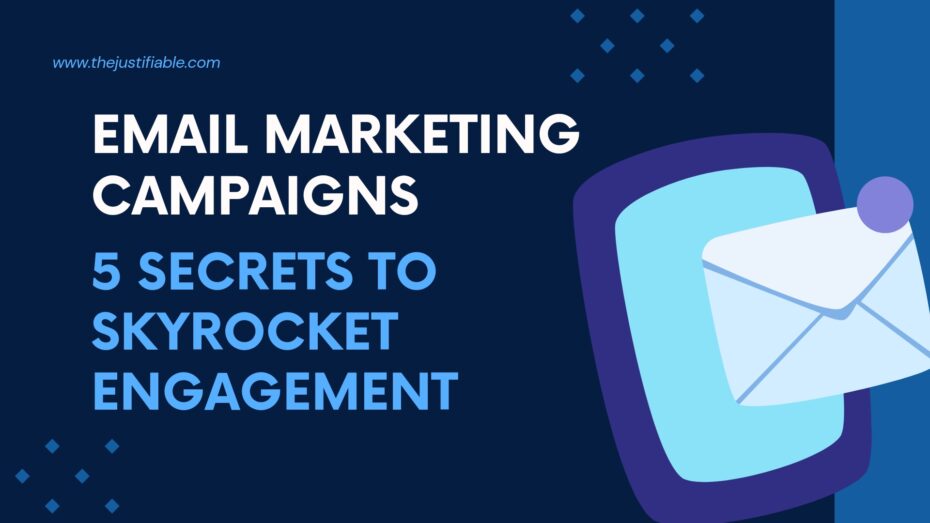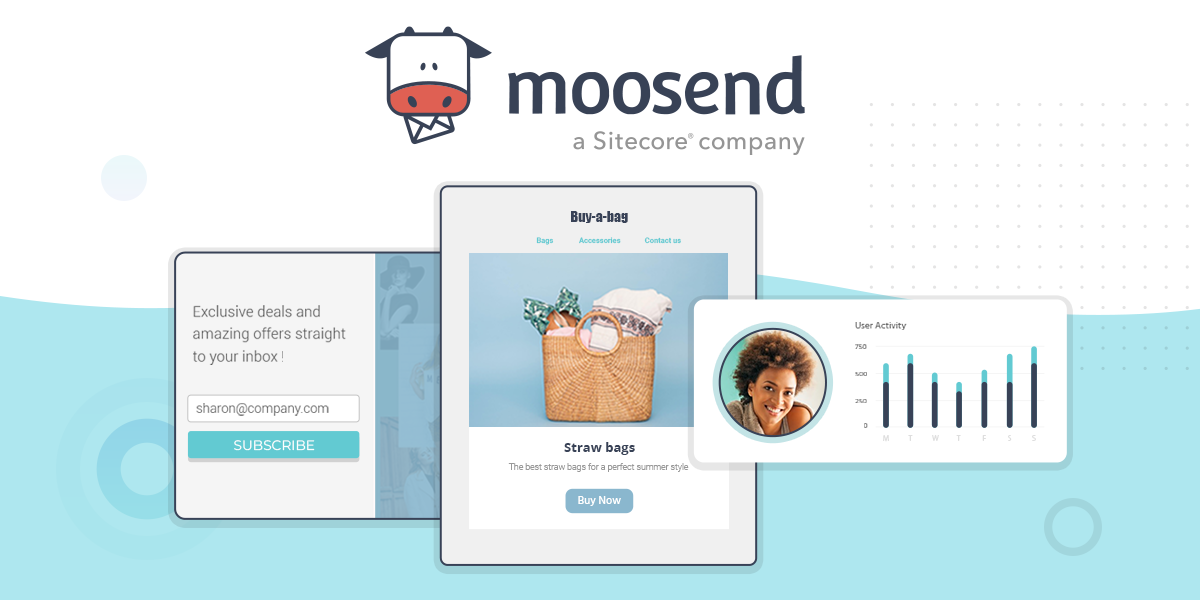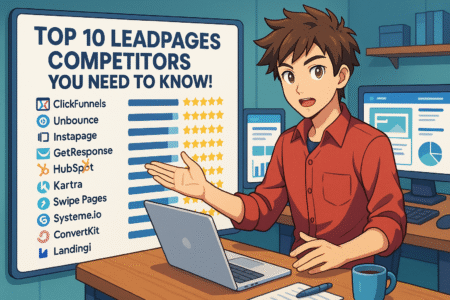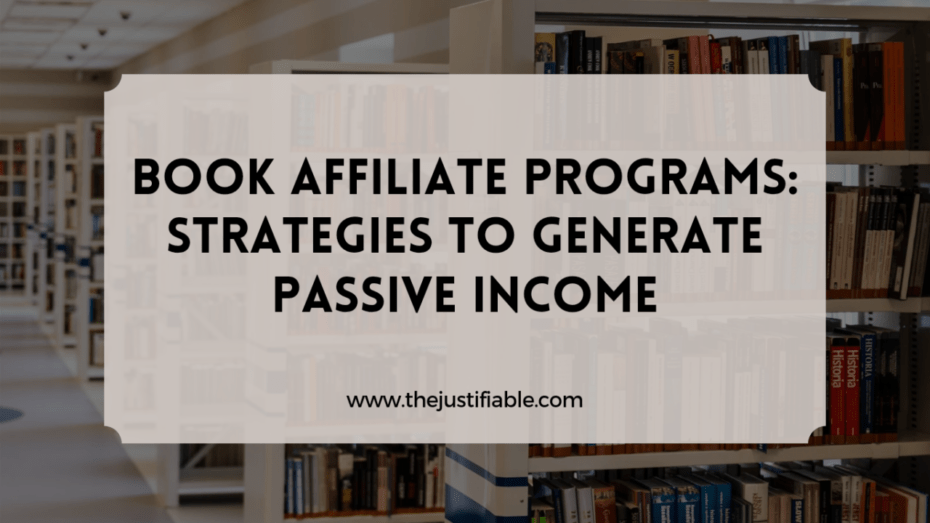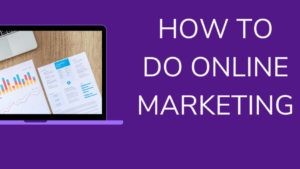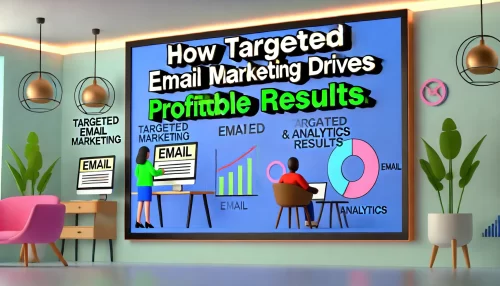Table of Contents
Email marketing campaigns are not just about sending emails; they are about creating connections.” In today’s digital age, your ability to engage and captivate your audience through email can significantly impact your business’s growth and success.
As we dive into the secrets of elevating your email marketing campaigns, it’s essential to understand the power behind personalized, targeted communication. Email marketing, when executed with precision and creativity, can transform your relationship with your subscribers, turning passive readers into active participants and loyal customers.
At the heart of successful email marketing campaigns lies the understanding of your audience. Knowing who you’re talking to, what they need, and how they prefer to receive information is crucial.
This isn’t just about collecting data; it’s about interpreting that data to create a more engaging, valuable experience for each subscriber. The key to unlocking this potential is personalization, timing, responsive design, compelling calls-to-action (CTAs), and the magic of A/B testing.
As we explore these five secrets, remember that each strategy is not just a standalone technique but a piece of a larger puzzle. The goal is to create email marketing campaigns that not only reach the inbox but resonate with the person behind each email address.
With every email sent, you have an opportunity to deepen your relationship with your audience, offering them something not just to read, but to experience. Let’s embark on this journey to transform your email marketing campaigns into a powerhouse of engagement and connection.
The First Secret: Personalize Your Emails for Peak Performance
How can you make your email marketing campaigns stand out in a crowded inbox? The first secret to unlocking unparalleled engagement and peak performance in your email marketing efforts is personalization. In an era where consumers are bombarded with generic advertising messages, the power of a personalized email can cut through the noise, capturing attention and fostering a deeper connection with your audience.
Personalizing your email marketing campaigns goes beyond merely inserting a recipient’s name in the subject line. It involves crafting emails that resonate with the individual preferences, behaviors, and needs of your subscribers.
By leveraging data-driven insights, you can tailor your messages to reflect the unique journey of each subscriber, from the content they receive to the offers that best match their interests. This level of customization not only enhances the user experience but significantly boosts open rates, click-through rates, and, ultimately, conversions.
Imagine receiving an email that feels like it was written just for you, offering solutions and opportunities that align with your interests and challenges. That’s the essence of personalized email marketing. It’s about creating a sense of one-on-one conversation in a digital space, making each subscriber feel valued and understood.
But how can you achieve this level of personalization? Start by segmenting your email list based on subscriber data, such as demographics, purchase history, and engagement patterns. Use this information to deliver relevant content that speaks directly to the needs and desires of different segments of your audience. Additionally, consider the timing and frequency of your emails to ensure they arrive when your subscribers are most receptive.
Email Marketing Recommendations
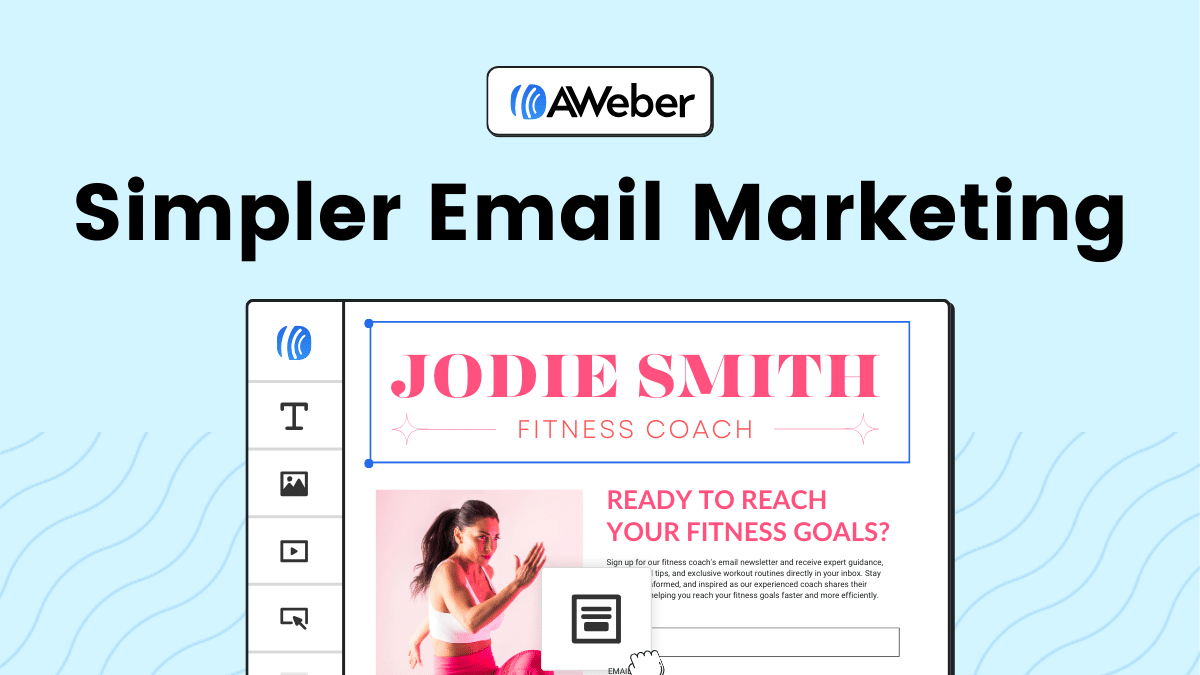 Aweber
| 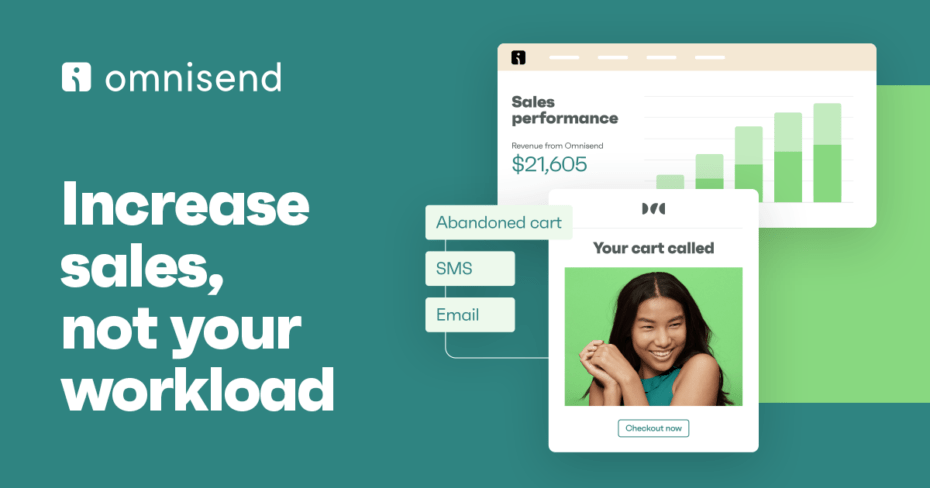 Omnisend
| 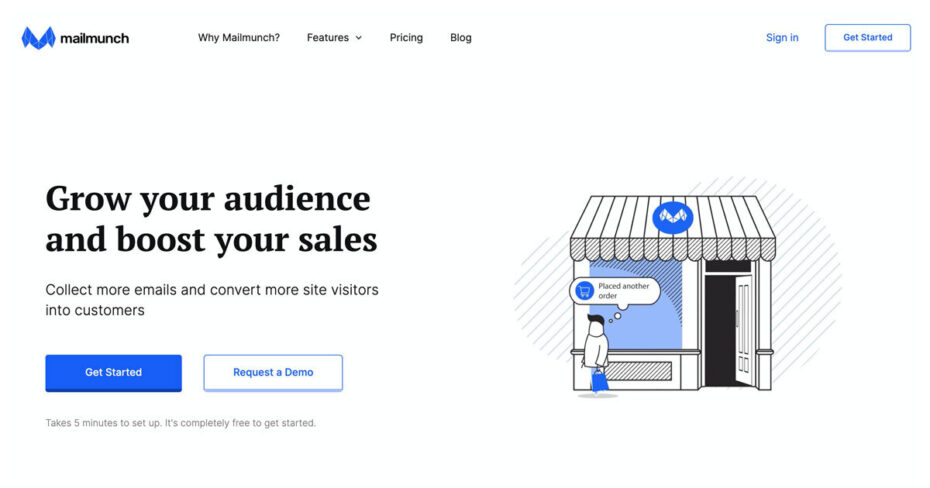 Mailmunch
|
Utilizing Data-Driven Insights to Customize Interactions
Did you know that emails that are personalized based on user behavior have a 29% higher open rate and 41% higher click rates than emails without personalization? This statistic underscores the transformative power of data-driven insights in crafting email marketing campaigns that truly resonate with your audience.
By harnessing the wealth of data at your fingertips, you can customize interactions in a way that feels personal and relevant to each subscriber.
Data-driven insights allow you to understand the nuances of your audience’s preferences, behaviors, and engagement patterns. Whether it’s tracking how subscribers interact with your previous emails, analyzing their purchase history, or noting the content they engage with on your website, every piece of data is a building block in creating a highly personalized email marketing strategy.
The goal is to move beyond one-size-fits-all messages and develop targeted communications that address the specific interests and needs of your audience.
To effectively utilize data-driven insights, start by segmenting your email list. Segmentation can be based on demographic information, such as age or location, or behavioral data, like past purchases and email engagement.
This segmentation allows you to tailor your messaging, offers, and content to match the distinct characteristics of each group. Moreover, leveraging automation tools can help you send the right message at the right time, ensuring that your emails are relevant and timely.
Crafting Personalized Email Content: Tips and Tricks
Creating personalized email content is both an art and a science. It’s about blending the insights gathered from your data with a deep understanding of your audience’s desires and pain points. Here are some tips and tricks to help you craft email content that not only engages but also converts:
- Start with a compelling subject line: Personalize the subject line to catch the recipient’s attention. Use their name or reference a recent interaction or purchase to make the email feel more tailored and less like a mass message.
- Use dynamic content: Dynamic content changes based on the data you have about each subscriber. This could be as simple as showcasing products related to their last purchase or as complex as customizing the entire email layout based on their preferences.
- Be relevant and timely: Use behavioral triggers from your data insights to send emails at the most opportune moments. For example, sending a discount code for items left in a shopping cart or a birthday greeting with a special offer.
- Keep it conversational: Write like you’re speaking directly to the reader. A personal tone helps build a connection and makes the email feel like it’s coming from a friend rather than a corporation.
- Provide value: Every email should offer something valuable to the recipient, whether it’s informative content, a special offer, or insights that can help them solve a problem.
The Second Secret: Optimize Timing to Maximize Opens and Clicks
Once upon a time, a marketer decided to send an email at midnight, thinking it would be the first thing their audience would see in the morning. Instead, it got buried under a pile of other overnight messages. This tale serves as a poignant reminder of the critical role timing plays in the success of email marketing campaigns. The second secret to skyrocketing your engagement rates is optimizing the timing of your emails to ensure they land in your subscribers’ inboxes at the perfect moment.
Timing is not just about avoiding the clutter of a crowded inbox; it’s about understanding your audience’s daily routines and when they are most likely to engage with your content. The goal is to reach them when they are most attentive and receptive. This requires a deep dive into your email marketing analytics to identify patterns of high engagement. Are your subscribers more likely to open emails during their lunch break, or are they night owls who engage with content in the evening?
The sweet spot for sending emails varies from one audience to another. For B2B email marketing campaigns, mid-week mornings might see the highest open rates. In contrast, B2C audiences might engage more during weekends when they have more leisure time. It’s essential to test different sending times and days to discover what works best for your specific audience.
Analyzing the Best Times to Send Email Marketing Campaigns
Have you ever wondered why some emails get opened right away while others seem to languish unnoticed in the inbox? Or why certain email marketing campaigns achieve impressive click-through rates when others barely get a glance? The answer often lies in timing. But how can you determine the best times to send your email marketing campaigns to maximize engagement?
The process of analyzing the best times involves a combination of data analysis, understanding your audience’s habits, and ongoing experimentation. First and foremost, dive into your email analytics. Look for patterns that indicate when your emails are most likely to be opened and engaged with. This might involve reviewing open rates, click-through rates, and even conversion rates by day of the week and time of day.
Consider the nature of your audience and the content of your emails. B2B audiences, for example, may be more likely to engage with emails during work hours, while B2C audiences might have different peak times, such as evenings or weekends.
Additionally, the type of content you’re sending can influence the best time to hit send. Newsletters might perform better on weekends when people have more time to read, whereas promotional offers might see higher engagement mid-week when purchasing decisions are more likely.
Experimentation is key. Conduct A/B testing by sending the same email at different times or on different days to see which achieves better performance. This hands-on approach will provide you with actionable insights specific to your audience.
Implementing Automated Scheduling Tools for Efficiency
Once you’ve identified the optimal times to send your emails, how can you ensure that every email lands in your subscribers’ inboxes at just the right moment? This is where implementing automated scheduling tools comes into play, providing both efficiency and effectiveness in your email marketing strategy.
Automated scheduling tools allow you to plan and schedule your email campaigns in advance, ensuring that they are sent out at the times you’ve identified as most effective. These tools often come with features that let you segment your audience based on their time zone, ensuring that your global audience receives your emails at a locally appropriate time.
Many email marketing platforms offer automation features that can help you send time-triggered emails based on user behavior, such as welcome emails after signing up, birthday greetings, or follow-up emails after a purchase. This level of automation not only saves you time but also helps personalize the user experience, increasing the likelihood of engagement.
Utilizing these tools effectively requires a clear strategy. Plan your email calendar in advance, taking into account any seasonal events, holidays, or sales periods that might affect the best time to send emails. Use the insights gained from your analytics to inform this plan, and don’t forget to regularly review and adjust your scheduling based on performance data.
The Third Secret: Design Emails for All Devices
Did you know that over 50% of all emails are now opened on mobile devices? This staggering statistic highlights a crucial aspect of modern email marketing campaigns: the importance of designing emails to be visually appealing and functional across all devices.
In the realm of email marketing, the adaptability of your campaign’s design can significantly impact its success. Subscribers are no longer sitting in front of desktop computers; they are reading your messages on the go, from smartphones to tablets, each with varying screen sizes and resolutions.
Ensuring Responsive Design for Seamless Mobile Experience
Ensuring that your email marketing campaigns feature a responsive design is not just a recommendation; it’s a necessity. Responsive design means that your emails automatically adjust to fit the screen they’re being viewed on, providing a seamless experience for the reader, regardless of the device used. This adaptability increases the likelihood that your message will not only be read but also acted upon.
Creating emails with responsive design involves using fluid layouts that grow or shrink with the device’s screen size, scalable images that look good on any screen, and touch-friendly buttons and links that make navigation easy on smaller devices. It also means paying close attention to the overall layout, ensuring that critical information and calls-to-action are prominently displayed and accessible without excessive scrolling.
To deliver a truly seamless mobile experience, test your emails across a variety of devices and email clients before sending them out. Many email marketing platforms offer tools that allow you to preview how your campaign will look on different screens, helping you make necessary adjustments to optimize readability and engagement.
60% of Users Open Emails on Mobile: Is Your Campaign Ready?
With the majority of users opening emails on mobile devices, the question isn’t if you should optimize your email marketing campaigns for mobile, but how quickly you can ensure they are ready. This means going beyond responsive design to consider the content and context of your emails.
Are your subject lines concise and compelling enough to capture attention on a smaller screen? Is your most important content at the top, where it’s likely to be seen first? Are your calls-to-action clear and easy to tap without zooming?
Remember, mobile users are often on the move, so your emails need to be designed for quick consumption and interaction. This includes using shorter paragraphs, bullet points for easy scanning, and clear, concise messaging that communicates value right away. Additionally, optimizing the loading time of your emails by compressing images and using web-friendly formats can prevent readers from losing patience and moving on before your content has fully loaded.
By embracing the principle of designing emails for all devices, with a particular focus on the mobile experience, you ensure that your email marketing campaigns are accessible, engaging, and effective, no matter where or how your audience chooses to read them.
This approach not only caters to the current trends but also future-proofs your campaigns against the ever-evolving landscape of digital communication, ensuring that your messages reach and resonate with the widest possible audience.
The Fourth Secret: Engage with Powerful CTA’s
“Call to action: the catalyst that prompts your audience to move from observer to participant.” This notion lies at the heart of the fourth secret to skyrocketing your email marketing campaigns: engaging your audience with powerful calls-to-action (CTAs).
In the world of email marketing, CTAs are not just buttons or links; they are your voice asking, guiding, and encouraging your subscribers to take the next step. Whether it’s making a purchase, signing up for a webinar, or simply reading a blog post, the effectiveness of your CTAs can significantly influence the success of your campaigns.
Crafting Compelling Calls-to-Action that Drive Engagement
Creating compelling CTAs begins with clear, actionable language that leaves no doubt about what you’re asking your audience to do. Use verbs that inspire action, such as “Discover,” “Start,” “Join,” or “Get.” The clarity of your message ensures that recipients understand the value of what you’re offering and what they need to do to benefit from it.
But it’s not just about the words you use; it’s also about the design and placement of your CTAs. They should stand out visually, drawing the eye with contrasting colors or buttons that pop against the background of your email. However, they should also feel like a natural part of the email’s flow, guiding readers smoothly from the content to the action you want them to take.
Personalization plays a crucial role here as well. Tailoring your CTAs based on the recipient’s previous interactions with your brand can dramatically increase their effectiveness. For instance, if a subscriber has shown interest in a particular product category, your CTA could direct them to new arrivals or exclusive offers in that category.
Boosting Conversion Rates with Action-Oriented CTA Placement
The placement of your CTAs within your email can be just as important as the message they convey. Conventional wisdom suggests placing your most important CTA “above the fold,” meaning the part of the email visible without scrolling. This ensures that even those who don’t read the entire email will see your call to action.
However, don’t hesitate to include CTAs at multiple points in your email, especially if it’s longer. A CTA at the beginning can capture the attention of those ready to act immediately, while another at the end can catch those who needed more convincing. The key is to maintain a balance; your email should not feel cluttered with calls to action but rather facilitated by them at strategic points.
Testing different CTA placements can also uncover insights into how your audience interacts with your emails. A/B testing different layouts can reveal preferences that might not be immediately apparent, allowing you to refine your strategy for even better results.
Engaging with powerful CTAs is about more than just asking your audience to do something; it’s about creating a sense of urgency and excitement that compels them to act. By crafting compelling, well-placed calls-to-action, you can transform passive readers into active participants, driving engagement and boosting conversion rates across your email marketing campaigns.
Remember, a powerful CTA is the bridge between interest and action, guiding your subscribers from curiosity to commitment.
The Fifth Secret: Leverage A/B Testing for Continuous Improvement
Have you ever wondered how slight changes in your email marketing campaigns could significantly impact your engagement rates? Or how you can scientifically determine the most effective elements of your campaigns?
The answer lies in leveraging A/B testing for continuous improvement. This powerful approach allows you to compare two versions of your email to see which one performs better on a set of predefined metrics, such as open rates, click-through rates, or conversion rates.
Implementing Effective A/B Testing Strategies
A/B testing, also known as split testing, is a method where you send two variations of an email to a small percentage of your total recipients. Version A might contain one headline, while
Version B tests another. But it’s not just about headlines; you can test almost any element of your email, from subject lines, email content, call-to-action buttons, images, or even send times.
The key to effective A/B testing is to change one element at a time. This way, you can pinpoint exactly which change made the difference in performance. For instance, if you’re testing subject lines, keep the email body identical. This single-variable approach ensures that the results are as clear and actionable as possible.
Another critical aspect of A/B testing is statistical significance. It’s essential to use a large enough sample size and run the test for a sufficient duration to ensure that the results are not due to chance. Many email marketing platforms offer built-in tools to help you design, execute, and analyze A/B tests, making it easier to implement this strategy even if you’re not a data scientist.
Analyzing Results to Propel Your Campaigns Forward
The true power of A/B testing lies in the analysis of the results. It’s not just about finding a winner but understanding why one variation outperformed the other. This insight allows you to apply the learnings to future campaigns, continuously refining and improving your email marketing efforts.
When analyzing the results, look beyond the primary metrics. For example, if you’re testing two different call-to-action buttons and find that one has a higher click-through rate, dig deeper to see if it also led to a higher conversion rate. Sometimes, a higher click-through rate does not translate to more conversions, which could indicate that the message was enticing but not aligned with the audience’s expectations or needs.
Implementing what you learn from A/B testing requires a commitment to ongoing improvement. It’s not a one-and-done deal; it’s a continuous cycle of testing, learning, and applying. By making A/B testing a regular part of your email marketing strategy, you turn your campaigns into ever-evolving projects with the potential for continuous growth and optimization.
Advanced Techniques to Further Skyrocket Engagement
It’s true, the basics of email marketing can get you far, but to truly stand out, you’ll need to embrace advanced techniques that can propel your email marketing campaigns to new heights.
As we delve deeper into how to further skyrocket engagement, remember, the landscape of digital marketing is constantly evolving. Staying ahead requires not just keeping up with trends but innovating beyond them.
Integrating Social Media with Your Email Marketing Efforts
In today’s interconnected world, integrating social media with your email marketing efforts is not just a good idea—it’s essential. This integration allows you to create a cohesive marketing strategy that amplifies your message across multiple platforms, reaching your audience wherever they are.
Start by including social media buttons in your email templates, making it easy for subscribers to connect with your brand on their preferred platforms. But don’t stop there. Encourage your email subscribers to share your content on their social networks by embedding shareable content and exclusive offers that are too good not to share. This not only increases your content’s reach but also helps to attract new subscribers to your email list.
Another powerful technique is to use your social media insights to inform your email marketing strategy. Understanding the types of content that resonate with your audience on social platforms can give you valuable clues about what might perform well in your emails.
Additionally, running targeted social media ads to promote your email sign-up offers can help grow your list with engaged followers interested in your brand.
Using Automation to Personalize User Journeys
Automation has revolutionized email marketing by making it possible to deliver personalized experiences at scale. By using automation to personalize user journeys, you can ensure that the right message reaches the right person at the right time, significantly increasing engagement and conversion rates.
Start by segmenting your audience based on their behavior, preferences, and engagement levels. This segmentation allows you to tailor automated email sequences that guide each segment through a customized journey. For example, new subscribers might receive a welcome sequence that introduces your brand and its value proposition, while long-time customers might receive loyalty rewards or exclusive access to new products.
Beyond just sending emails, automation can help you trigger specific actions based on user behavior. For instance, if a subscriber clicks on a link about a particular product category, they could automatically receive follow-up emails related to that interest. Similarly, automation can be used to re-engage subscribers who haven’t opened your emails in a while, sending them a special offer or asking for feedback to reignite their interest.
Next Steps in Your Email Marketing Journey
As we wrap up our exploration of the secrets to skyrocketing engagement in your email marketing campaigns, it’s clear that the journey doesn’t end here. The landscape of email marketing is ever-evolving, with new technologies, strategies, and consumer behaviors emerging constantly. Staying ahead in this dynamic environment means being committed to continuous learning, testing, and adaptation.
The insights shared in this guide—from personalizing your emails for peak performance to leveraging advanced techniques like integrating social media and using automation—are your foundation. However, the true strength of your email marketing campaigns will come from how you build on this foundation, experimenting with new ideas and refining your approach based on what you learn.
Remember, the goal of email marketing is not just to increase opens and clicks but to build meaningful relationships with your subscribers. This requires understanding their needs and preferences, providing them with value, and making every interaction count. It’s about creating a dialogue, not a monologue.
As you move forward, keep the following in mind:
Stay Curious: Keep exploring new trends and technologies in email marketing. The digital marketing world is always changing, and what works today might not work tomorrow. Stay curious and open to new ideas.
- Be Data-Driven: Let data guide your decisions. Regularly review your campaign analytics to understand what’s working and what’s not. This will help you make informed decisions that can lead to better results.
- Test and Learn: Don’t be afraid to experiment. A/B testing is a powerful tool to learn what resonates best with your audience. Use it to test everything from subject lines to email content and sending times.
- Focus on the User Experience: Always consider the user experience. From ensuring your emails are mobile-friendly to crafting clear and compelling CTAs, the easier it is for subscribers to engage with your content, the more likely they are to do so.
- Build for the Long Term: Build your email marketing strategy for long-term success. This means prioritizing subscriber engagement over quick wins. Focus on delivering consistent value and maintaining a clean, engaged email list.
The next steps in your email marketing journey are both exciting and challenging. With the right mindset, strategies, and tools, you’re well-equipped to take your email marketing campaigns to new heights.


